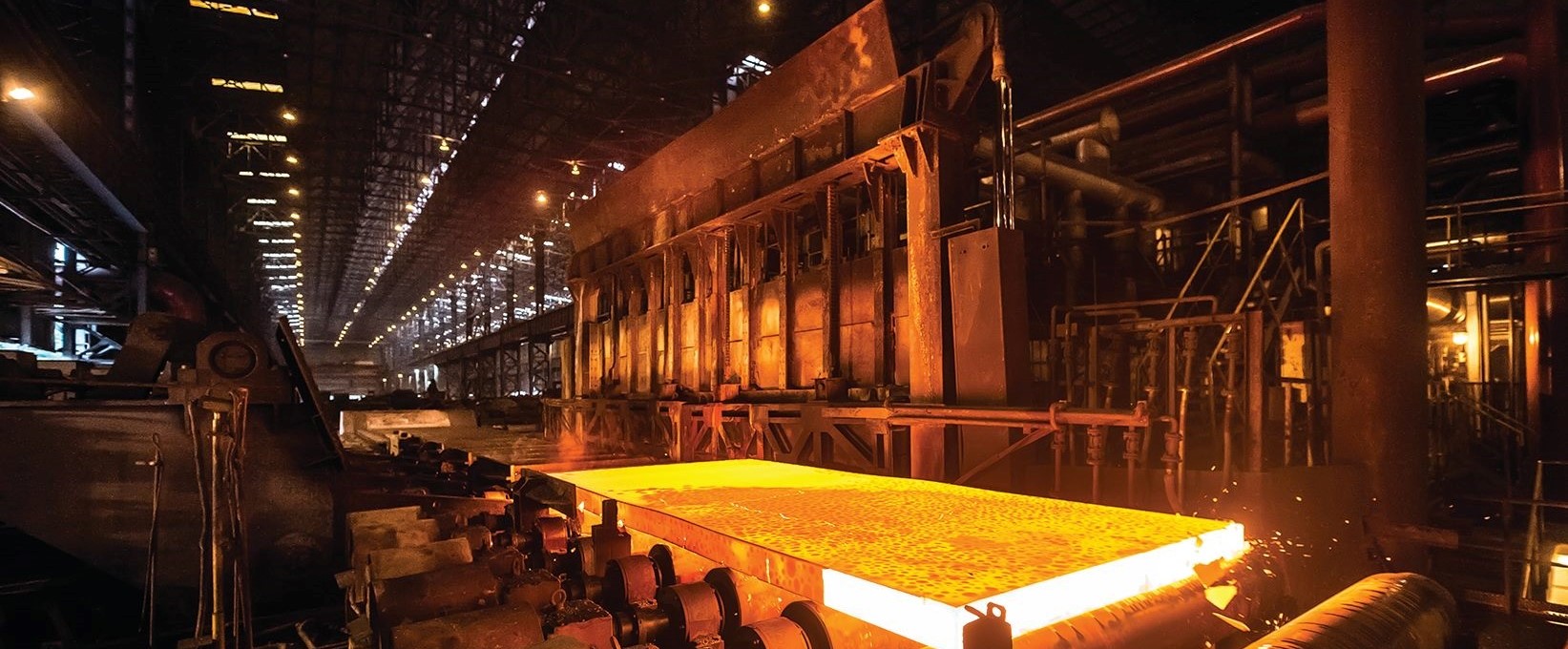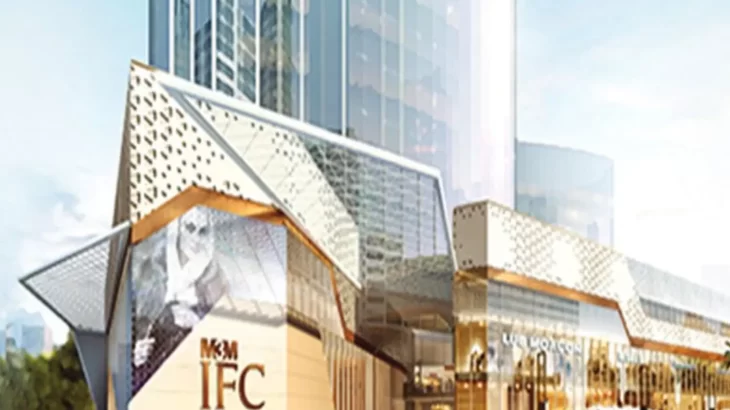
As the world grapples with environmental challenges, the construction industry stands at a pivotal point where innovative practices and materials are reshaping the way we build. Sustainable construction, coupled with advancements in structural steel fabrication, emerge as a beacon of promise among these revolutionary approaches.
Embracing Sustainability in Construction
Sustainable construction embodies a holistic approach that prioritises the reduction of environmental impact, efficient resource utilisation, and the creation of healthier spaces for inhabitants. This paradigm shift has led to the integration of eco-friendly materials, renewable energy sources, and innovative design strategies aimed at minimising a building’s carbon footprint.
Structural steel fabrication plays a crucial role in this sustainable evolution. Steel, inherently strong and durable, has long been a cornerstone of construction due to its versatility and resilience. However, advancements in fabrication techniques have redefined the environmental impact of steel in construction.
The Sustainability Story of Structural Steel Fabrication
The transformation of steel fabrication into a sustainable practice involves several key aspects:
Recycling and Circular Economy:
Steel, as a material, is highly recyclable without losing its properties. Fabricators increasingly leverage recycled steel in their processes, reducing the demand for virgin resources. The circular economy principles applied to steel fabrication minimisze waste and energy consumption, fostering a more sustainable industry.
Efficient Manufacturing Processes:
Technological advancements have led to more energy-efficient manufacturing methods, significantly reducing the carbon footprint of steel production. From improved furnace designs to optimised logistics, these innovations contribute to a more sustainable lifecycle for structural steel.
Design Optimisation and Prefabrication:
Precision in design and the use of prefabricated steel components minimise material waste and onsite construction time. This not only reduces environmental impact but also enhances cost-effectiveness, promoting sustainability as an economically viable choice.
Durability and Longevity:
Steel structures have an exceptional lifespan, requiring minimal maintenance compared to other construction materials. This longevity aspect reduces the need for frequent renovations or replacements, conserving resources in the long run.
The Future with Structural Steel
The amalgamation of sustainable construction practices with advanced structural steel fabrication techniques has far-reaching implications such as:
- Reduced carbon emissions: By employing sustainable steel fabrication methods, the construction industry can significantly reduce its carbon emissions, contributing positively to global efforts in mitigating climate change.
- Resource conservation: : Through the use of recycled steel and efficient manufacturing processes, the conservation of natural resources becomes a reality, reducing the industry’s reliance on finite materials.
- Resilient infrastructure: Steel structures offer robustness against natural disasters, enhancing a building’s resilience and ensuring safety, which is paramount in the face of changing environmental patterns.
- Economic viability: While promoting environmental stewardship, sustainable construction practices involving structural steel fabrication offer economic benefits through reduced operational costs and enhanced building lifespan.
Sustainable construction, supported by innovations in structural steel fabrication, epitomises a harmonious coexistence between human progress and environmental preservation. The evolution of steel as a sustainable material underscores a pivotal shift in the construction landscape, where durability, efficiency, and environmental responsibility converge.
As the demand for sustainable buildings continues to rise, the fusion of cutting-edge technology, eco-conscious materials, and innovative design will serve as the cornerstone of a future where construction not only meets our needs but also nurtures the planet, we call home.

